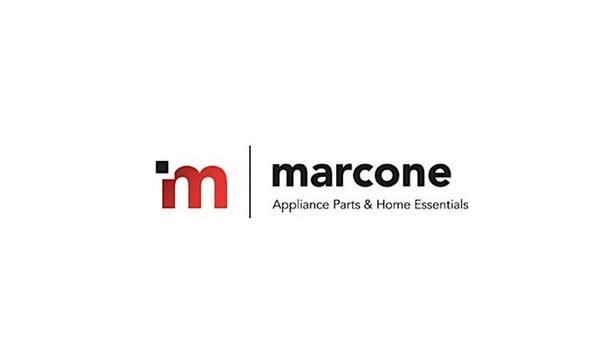Indoor air quality (IAQ) has been getting a lot of attention. The Environmental Protection Agency (EPA) reports that air inside buildings can be two to five times more contaminated than the air outside.
It is disconcerting when users consider on average they spend around 90 percent of time indoors. One of the key contributors to indoor pollution is volatile organic compounds (VOCs). These chemicals contaminate indoor air and can negatively affect the health and well being of occupants.
VOCs in Buildings
There are over 10,000 chemicals classified as VOCs, such as benzene, acetaldehyde, toulene, and phenol. VOCs are emitted by a wide array of products including paint, cleaning supplies, furnishings, appliances, and adhesives.
Plus, as buildings become more energy efficient, they are also more airtight, reducing natural airflow from outside and trapping these pollutants indoors.
Sick Building Syndrome
Fifty percent of illnesses are either caused or aggravated by polluted indoor air
The health impact from poor indoor air is widespread. Fifty percent of illnesses are either caused or aggravated by polluted indoor air. Vulnerable populations, such as children, the elderly, and those with pre-existing health conditions are particularly at risk.
Some individuals experience 'sick building syndrome' in which acute health problems appear to be linked to time spent in a building. It's crucial to recognize the dangers of VOCs and other pollutants, and take proactive measures to ensure the air within indoor environments is as clean as possible.
Controlling indoor air pollution
While there are strict OSHA guidelines for each VOC-emitting chemical, contractors and specifiers can further reduce indoor pollution and improve air quality by making some strategic decisions.
- Choose materials that are low in VOCs. Products with certifications like GREENGUARD, asthma & allergy friendly®, and Verified Healthier Air™ are reliable indicators of materials that support air quality.
- Ensure proper ventilation during and after construction to minimize VOC concentration indoors.
- Handle and store unused materials properly to contain emissions.
Simple decisions, like the choice of insulation material, may seem inconsequential in the grand scheme of a construction project. However, it can have a profound and lasting impact on the health of future building occupants.
HVAC fiberglass insulation
By making informed choices and taking proactive measures, they can create healthier, more sustainable living and working environments. It's important to focus on the health of the indoor spaces just as much as everyone focuses on its energy efficiency and design. After all, the true legacy of a well-constructed space lies not just in its appearance or performance, but in its ability to safeguard the well-being of those who inhabit it.
Knauf’s portfolio of Performance+TM HVAC fiberglass insulation stands out as the only formaldehyde-free option and the first to earn asthma & allergy friendly® certifications. The asthma & allergy friendly® certification established by the Asthma and Allergy Foundation of America (AAFA) and Allergy and Standards Limited (ASL) helps people identify products more suitable for those with asthma and allergies.
The program requires rigorous independent physical and chemical testing to ensure products reduce allergen exposure and consistently meet strict criteria for pollutants in the indoor environment.














